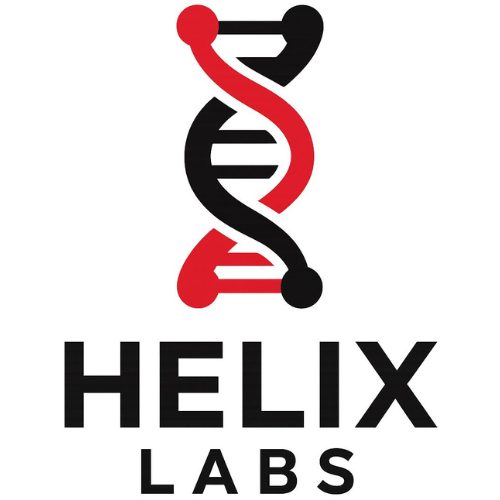Frequently Asked Questions
Scientific Solutions & Support
What are peptides?
Peptides are short chains of amino acids, the building blocks of proteins. They play vital roles in the body, including hormone signalling, tissue repair, immune support, and cellular communication.
How do peptides work?
Peptides bind to specific receptors in the body, triggering targeted biological responses. Depending on the peptide, they may support growth hormone release, tissue regeneration, metabolic function, or skin and hair health.
Are peptides the same as proteins?
No. Peptides are smaller molecules, usually fewer than 50 amino acids, whereas proteins are larger, more complex structures. Their smaller size makes peptides easier for the body to absorb and use effectively.
Are peptides like steroids?
Peptides are not steroids. Steroids are synthetic hormones that affect multiple body systems, while peptides work through natural pathways to target specific functions, often with fewer side effects.
How are peptides taken?
Peptides can be administered in several ways:
- Subcutaneous injection – into the fat layer under the skin.
- Intramuscular injection – into the muscle for deeper absorption.
- Oral or sublingual – some peptides are stable enough to be absorbed without injection.
- Nasal spray – certain peptides are absorbed through the nasal mucosa.
- Topical creams or serums – for skin and hair peptides.
Do peptide injections hurt?
Most injections are minimally uncomfortable. Subcutaneous injections use small insulin needles, causing only mild irritation or redness at the site for some people.
Why should peptides be cycled?
Cycling prevents the body from becoming desensitised, maintaining effectiveness and minimising side effects. A common cycle is 4–6 weeks on, followed by a break of 4 weeks.
When is the best time to take peptides?
Timing depends on the peptide type:
- Growth support peptides – often best taken at night to align with natural hormone rhythms.
- Metabolic/fat-loss peptides – generally taken in the morning or before exercise.
- Healing peptides – can be taken any time, ideally around injury recovery or rehabilitation.
Can peptides be taken with food?
Some peptides, particularly those influencing growth hormone, are more effective on an empty stomach. Others, like tissue repair peptides, can be taken with or without food.
What are the main benefits of peptides?
Peptides can support:
- Cellular repair, tissue regeneration, and faster recovery
- Anti-aging and skin rejuvenation
- Healthy metabolism and body composition
- Improved sleep, mood, and energy
- Enhanced immune and cognitive function
How quickly do peptides work?
- Growth and recovery peptides – some effects may appear within days, with more noticeable changes over weeks.
- Metabolic/fat-loss peptides – gradual improvements over weeks, enhanced by diet and exercise.
- Anti-aging and cognitive peptides – results vary; some improvements may be seen within weeks, others longer-term.
Are peptides safe?
When purchased from reputable sources and used according to instructions, peptides are generally considered safe. Always follow dosing guidelines and consult a healthcare professional if unsure.
What side effects can occur?
Possible mild effects include:
- Irritation or redness at injection sites
- Temporary water retention
- Minor headaches or fatigue
- Increased appetite (for some metabolic peptides)
Can peptides affect hormone production?
Some peptides may cause temporary changes in hormone levels, but unlike anabolic steroids, they typically do not permanently suppress natural production. Correct cycling reduces this risk.
Can peptides cause cancer?
There is no direct evidence linking peptides to cancer. However, peptides that influence growth may accelerate existing abnormal cell growth. Anyone with a cancer history should seek medical advice before use.
How should peptides be stored?
- Lyophilised (dry) peptides: Keep in the fridge (2–8°C) or freezer for long-term storage.
- Reconstituted peptides: Store in the fridge and use within 2–4 weeks.
What should peptides be mixed with?
Bacteriostatic water is commonly used to reconstitute peptides to prevent bacterial growth. Sterile saline can also be used.
How do I reconstitute peptides?
- Clean both vials with an alcohol swab.
- Draw the correct amount of water with a syringe.
- Slowly inject water into the peptide vial along the side, avoiding foaming or shaking.
- Gently swirl until fully dissolved.
